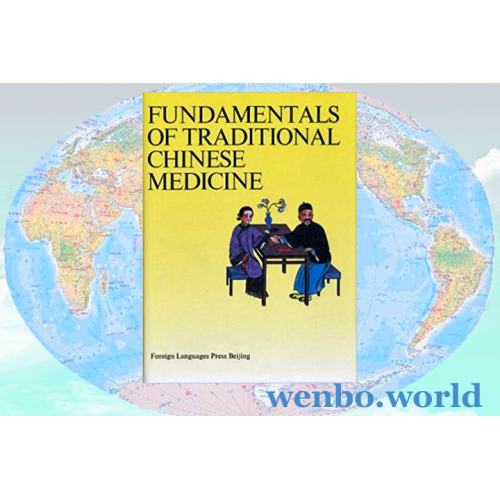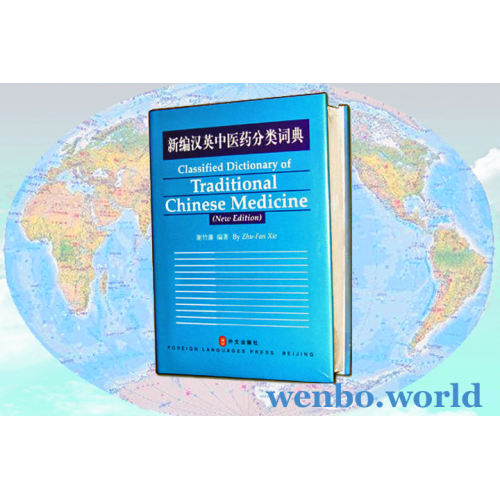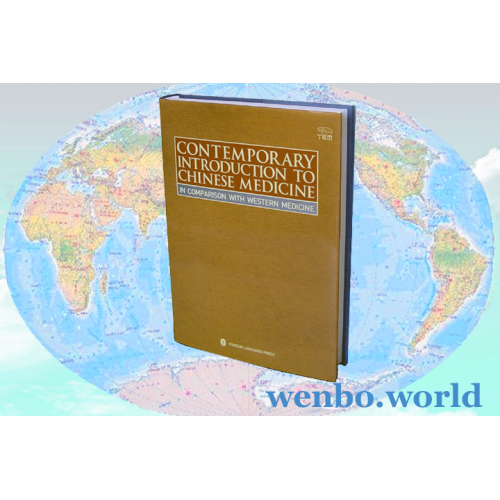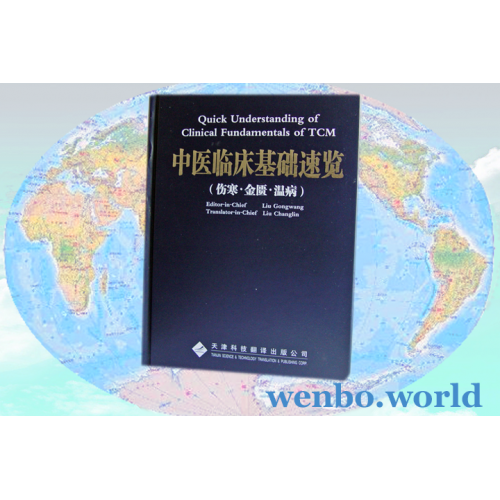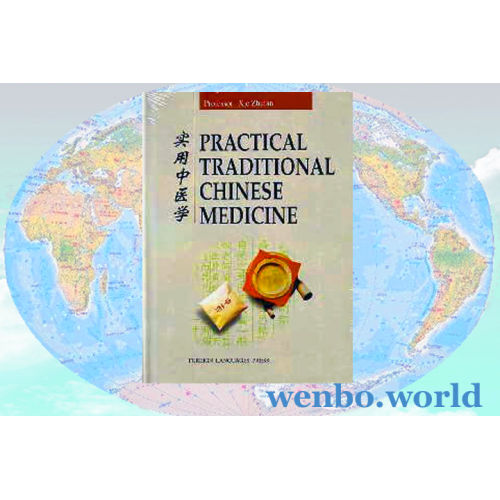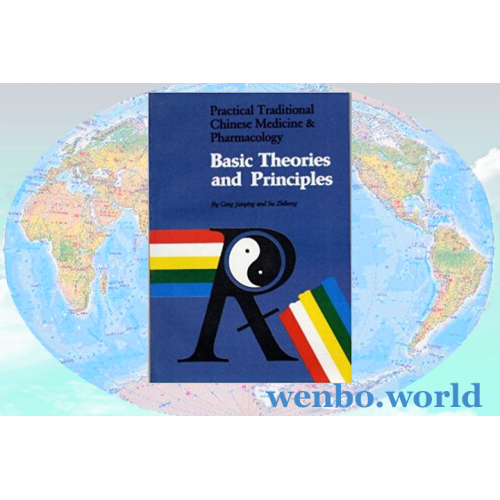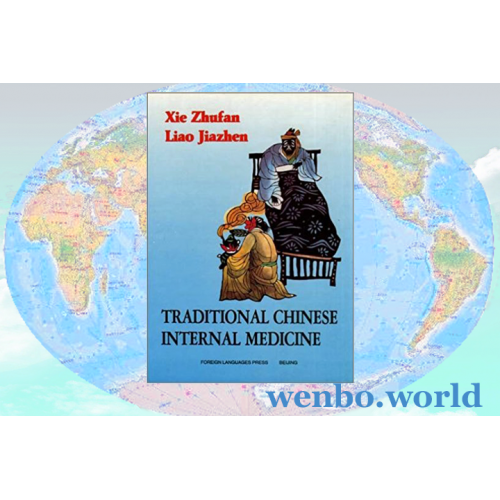Fundamentals of Traditional Chinese Medicine
- Brand: Publishers of China
- Model: 1995hc
- SKU: b00fundtcm
- ISBN: 711901398X
- Reward Points: 150
- Availability: 2-3 Days
-
- Price in reward points: 2999
Interprets the basic concept and principles of TCM, such as yin-yang, the five elements, qi (vital energy), blood and body fluids, pathogenesis, pathology, the four diagnostic techniques, the eight guiding principles, differentiation of syndromes and general rules of prevention and treatment.
Title: Fundamentals of Traditional Chinese Medicine (English Translation)
By Yin Huihe, Shuai Xuezhong
Foreign Language Press, Beijing, 1995
Hardcover, 300 pages
ISBN 711901398X
My book is mainly written for two groups of readers. The first one is the domestic professionals, to help them teach TCM in English, as well as to provide a framework for international scientific exchange that is necessary to further development and optimal use of historical health research.
-- Shuai Xuezhong, the author and translator, Professor and Director of the English TCM Teaching and Research Section at the Hunan College of TCM.
This book outlines the fundamental theories of TCM. It systematically explains the basic concept and principles of TCM, such as yin-yang, the five elements, qi (vital energy), blood and body fluids, pathogenesis, pathology, the four diagnostic techniques, the eight guiding principles, differentiation of syndromes and general rules of prevention and treatment.
This book is useful for professionals who teach TCM in English, as well as for those who are interested in TCM and want a comprehensive approach.
h5>A Short Table of Contents
- General Introduction
Formation and development of the theoretical system of TCM - The materialistic and dialectical outlook in the theoretical system of TCM - Chief features of TCM - Yin and Yang, Five Elements (Phases)
The yin-yang theory - The five-element theory - Visceral Symptoms
The five yin viscera - The six yang viscera - Unusual organs - Relation between yin and yang viscera - Qi ( Vital Energy), Xue (Blood) and Jin-Ye (Body Fluids)
Qi - Blood - Body fluids - Interrelation of qi, blood and body fluids - Meridians and Their Collaterals
The concept of the meridian and the formation of its system - Twelve regular meridians - Eight extra meridians - Branches of the twelve meridians, large collateral meridians, musculofascia (or musculotendinous) meridians and cutaneous areas of meridians - Physiology of meridians and application of the meridian theory - The Cause of Disease
The cause of disease - The principles of occurrence and change of disease - Pathogenesis
Flourishing and decline of anti-pathogenic and pathogenic factors - Disharmony between yin and yang - Abnormality of qi and blood - Abnormal body fluid metabolism - "Five endogenous pathogens" - Pathogenesis of meridians - Pathogenesis of zang-fu (viscera) - Four Techniques of Diagnosis
Inspection - Auscultation-olfaction - Inquiry - Palpation - Eight Guiding Principles
Exterior and interior - Cold and heat - Deficiency and excess - Yin and yang - Identification of Syndromes According to Zang-Fu
Identification of syndromes according to etiology - Identification of syndromes according to qi, blood and body fluids - Identification of syndromes according to zang-fu (viscera) - Identification of syndromes with the names of the six meridians - Identification of syndromes according to the principle of ying (nutrition), wei (defence), qi (vital energy) and xue (blood) phases - General Rules of Prevention and Treatment: Prevention - General Rules of Treatment
Tags: Chinese medicine
Related Products
Classified Dictionary of Traditional Chinese Medicine
Includes 7010 entries among which, 6630 are traditional Chinese medical terms and 380 are commonly used citations and maxims, in the order of traditional Chines..
Contemporary Introduction to Chinese Medicine in Comparison with Western Medicine
Elucidates the traditional Chinese medical theories with in-depth analysis of historical and cultural influences and comparison with related western medical the..
Quick Understanding of Clinical Fundamentals of TCM
Determination of Treatment based on Differentiation of Syndromes and Establishment of Therapy and Regulation of Designing Formulas are simplified and combined i..
Practical Traditional Chinese Medicine
This book meets the needs of Western doctors who do not have knowledge of Chinese but wish to study Chinese medicine. It covers basic theories and major therape..
Practical TCM & Pharmacology: Basic Theories and Principles
addresses the concepts and interrelationship as well as clinical application of the basic philosophical elements of traditional Chinese medicine such as the yin..
Traditional Chinese Internal Medicine
introduces the basic ideas such as covered include yin and yang, zang and fu organs and pathogeny and pathology, general principles for making diagnoses and adm..

